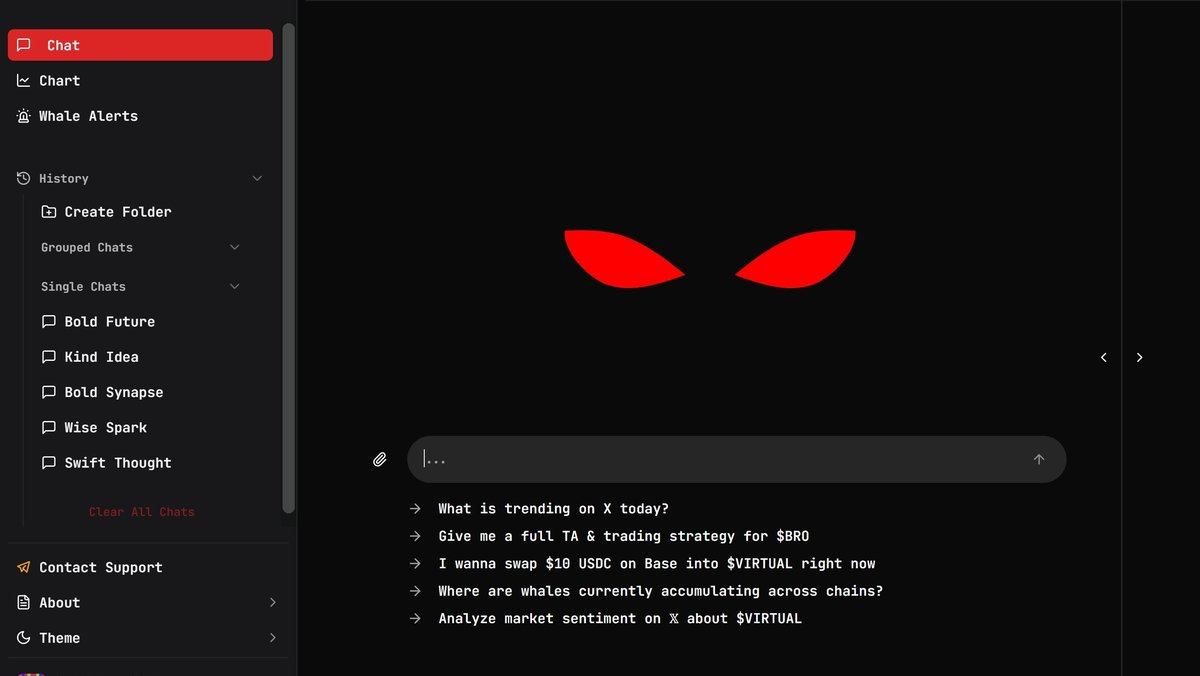Hyperliquid, Explained Simply: A Quick Beginner’s Guide
Hyperliquid is a next-generation decentralized exchange focused on perpetual futures (perps). Unlike many DEXs that live on someone else’s chain, Hyperliquid runs on its own Layer-1 blockchain and offers gasless trading for orders with very low latency — so placing/canceling orders feels closer to a CEX, but you keep self-custody.
Who built it (and when)?
Hyperliquid was co-founded by Jeff Yan and the pseudonymous “iliensinc”. The project initially launched in 2023 and has since grown into one of the largest on-chain perps venues.
What makes Hyperliquid different?
- Fully on-chain order book: Orders, cancels, trades and liquidations are written on-chain via the Hyperliquid L1 (HyperCore). This is different from AMM DEXs (like the early GMX model) that use bonding curves. Note: rivals like dYdX/Aevo also use order books but on different stacks.
- Gasless order actions: Enabling trading and submitting/canceling orders use gas-less signatures; you still pay network gas for deposits/withdrawals/bridging.
- Own Layer-1 for speed: The L1 design targets sub-second finality and high throughput for order traffic.
- No HYPE token required to trade: Trading collateral is USDC (you deposit/bridge USDC, not HYPE).
- Wide market coverage: Perps on many majors and altcoins, plus expanding spot — including a new permissionless spot listing flow.
How fast/cheap is it in practice?
Because orders settle on Hyperliquid’s L1, the exchange can keep latency low and make order entry/cancel gasless. Several independent overviews highlight gasless trading and CEX-like speed, which is why high-frequency strategies and pro UIs are common here.
How is price impact handled?
Hyperliquid uses a central limit order book (CLOB). Your price impact (what people casually call “slippage”) depends on order book depth at your limit/market price, not on an AMM curve. Deep books can mean tighter fills; shallow books can still move price — so always check the book and set limits.
Quick start (3 steps)
- Connect a wallet (e.g., MetaMask/Rabby/Coinbase Wallet) at the official app, then Enable Trading by signing a gas-less message.
- Bridge USDC to Hyperliquid L1 (the platform primarily uses USDC as margin). You can bridge from networks like Arbitrum/Ethereum using the built-in bridge or reputable third-party bridges.
- Place orders: choose market/limit/ALO, set size, and manage risk (cross/isolated margin, TP/SL). All order actions are signed from your wallet.
About the HYPE token (just the basics)
- All-time low: ~$3.81 (Nov 29, 2024).
- Peaks: ~$49–50 in mid-July 2025; later ATH ~ $59.3 on Sep 18, 2025. (Prices vary by tracker; always cross-check.)
You don’t need HYPE to use the exchange, though some features/fees may relate to staking or ecosystem programs. Always read the latest docs before opting into token-linked perks.
Risk & safety notes (read this!)
- Leverage risk: Perps can liquidate fast. Understand margin modes, liquidation waterfalls and rare ADL events (an extraordinary circuit that kicked in during Oct 11, 2025 volatility).
- Bridging/gas: While order actions are gasless, deposits/withdrawals still involve L1/L2 gas and bridge risk. Use official links and test with small amounts first.
- DYOR: Prefer official docs and explorers; start with low size, set tight limits, and monitor funding/fees.
TL;DR for beginners
Hyperliquid = fast, gasless order entry + on-chain order book + your keys. You trade perps using USDC collateral on Hyperliquid’s own Layer-1. It feels fast like a CEX but stays self-custodial like DeFi. Learn the basics (margin, funding, risk) and you’ll be good to go.
Disclaimer
This primer is educational only, not investment advice. Crypto derivatives are high risk. Always verify URLs, contracts, and docs, and never trade more than you can afford to lose.







